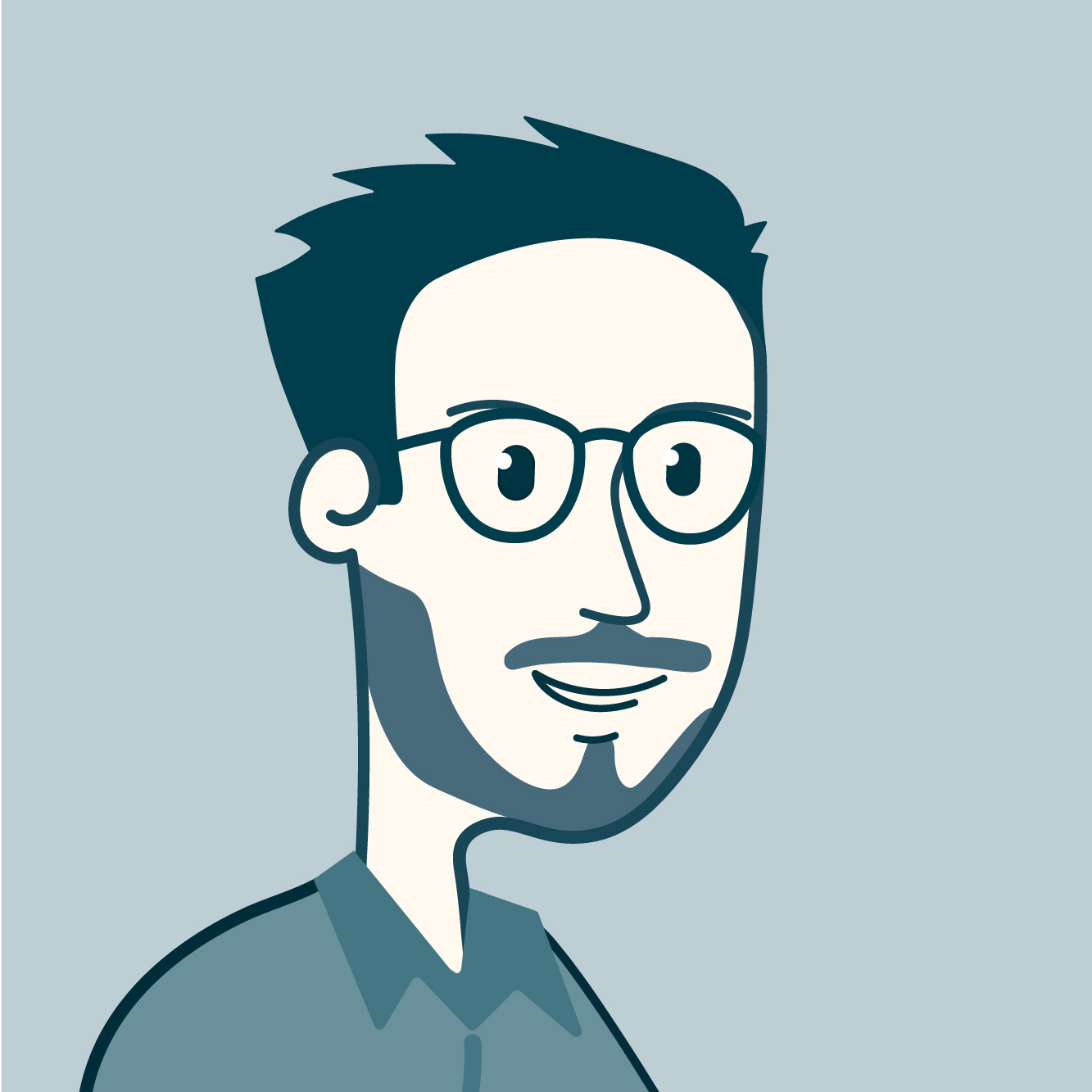Skiing accidents: A silly mistake, a clever reaction
28 January 2025 | Comment(s) |
Martin Kamber

On average, 63,000 people have accidents on Swiss ski slopes during the winter season. As it is not uncommon for injuries to affect sensitive parts of the body, recovery can be long and costly. This makes it all the more important to describe the circumstances of the accident as accurately as possible and to refer to any parties involved and witnesses.
Non-occupational accidents – primarily road traffic accidents, accidents in the home, gardening and sports injuries – result in more than a million casualties in Switzerland every year. Moreover, the injuries incurred entail considerable costs not only for the people involved, but also for employers in terms of days lost due to incapacity for work.
If we look at the favourite sports of the average Swiss person, we can see that, on average, the costs incurred after an accident are as follows...
- Football: CHF 3,700
- Snowboarding: CHF 4,600
- Swimming and bathing: CHF 4,800
- Mountain hiking: CHF 6,800
- Skiing: CHF 8,300
It's no wonder that skiing can be really expensive. At speeds of 50 km/h and more, a lot can go wrong, with potentially nasty consequences for the key joints in our bodies: knees and shoulders, but also the arms and head.
Many injuries can be avoided through good physical condition, targeted preparation and the right equipment. The Swiss Accident Prevention Bureau (BFU) has some useful advice on this subject under snow sports on the slopes.
If involved in an accident, what should I look out for?

An accident can happen at any time, and the focus is on “damage limitation”. In the most serious cases, the logical thing to do is to secure the accident site and provide first aid. However, it is less logical for those directly involved, as well as for any witnesses, to quickly ask themselves: what exactly happened?
Claudia Schneider is head of the Groupe Mutuel team that handles non-occupational accidents for corporate clients in German-speaking Switzerland. “When we ask about the circumstances of the accident, the answer is often “while skiing”. Obviously, this is not enough”.
In the best of cases, Claudia's team can process a non-occupational accident report within three working days. However, “in this case, the circumstances of the accident must be described in detail and supported by witnesses”, said Claudia. The following questions need to be answered:
- What exactly happened?
- Who were the people involved?
- Who can testify to the circumstances of the accident?
- Was there an external cause, such as a ski lift malfunction?
- Is there a protocol of the ski patrol or the Rega (Swiss Air Rescue)?
If there are obvious contradictions, for example if the information does not match the medical data or a lot of time has elapsed before the first medical aid was provided, a Care Manager can be called in to investigate the root of the matter.
Unable to work: what now?

Skiing and snowboarding accidents also have an economic impact. In Switzerland, the annual costs of such accidents amount to around CHF 600 million. This is due to the severity of the injuries and, consequently, the length of time for which a person is unable to work.
The Federal Law on Accident Insurance (LAA/UVG) requires employers to protect their employees from the financial consequences of occupational accidents and illnesses. Compulsory benefits under the LAA/UVG can be optimised if the employer takes out supplemental accident insurance (LAAC/ZUVG).
In any case, the employee must report the accident immediately to the line manager or to the HR department, which will in turn automatically file a claim on the Groupe Mutuel customer portal for companies.





